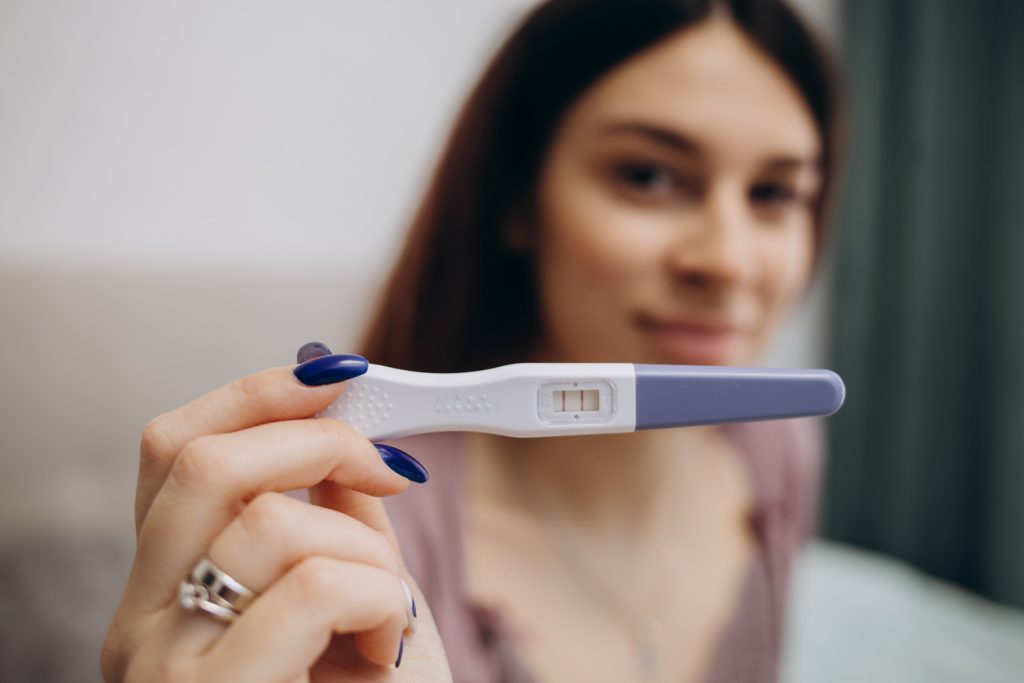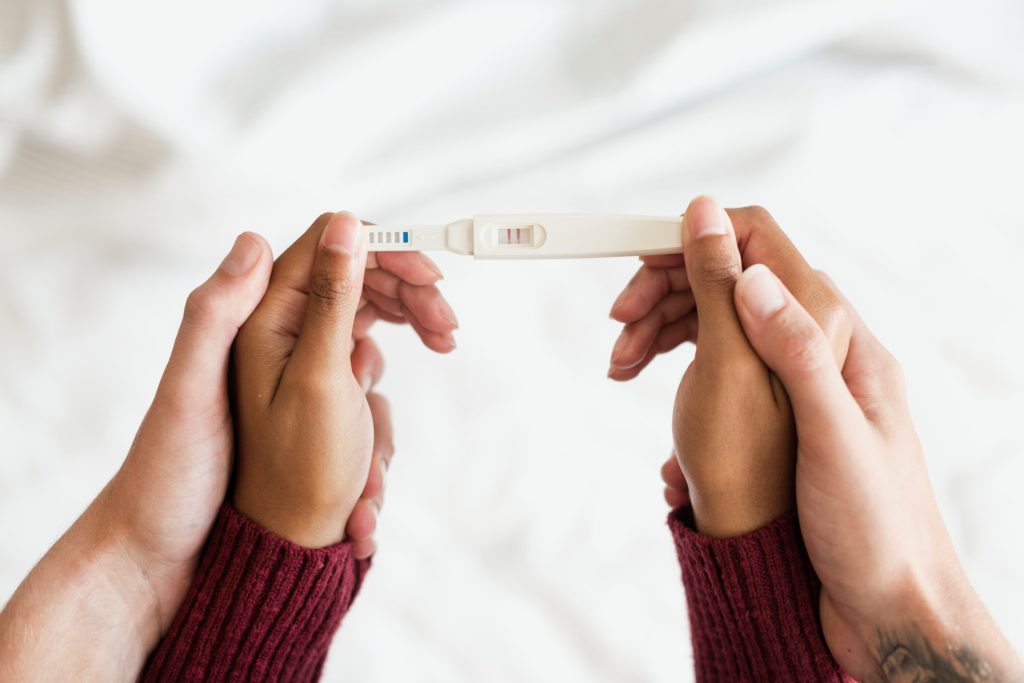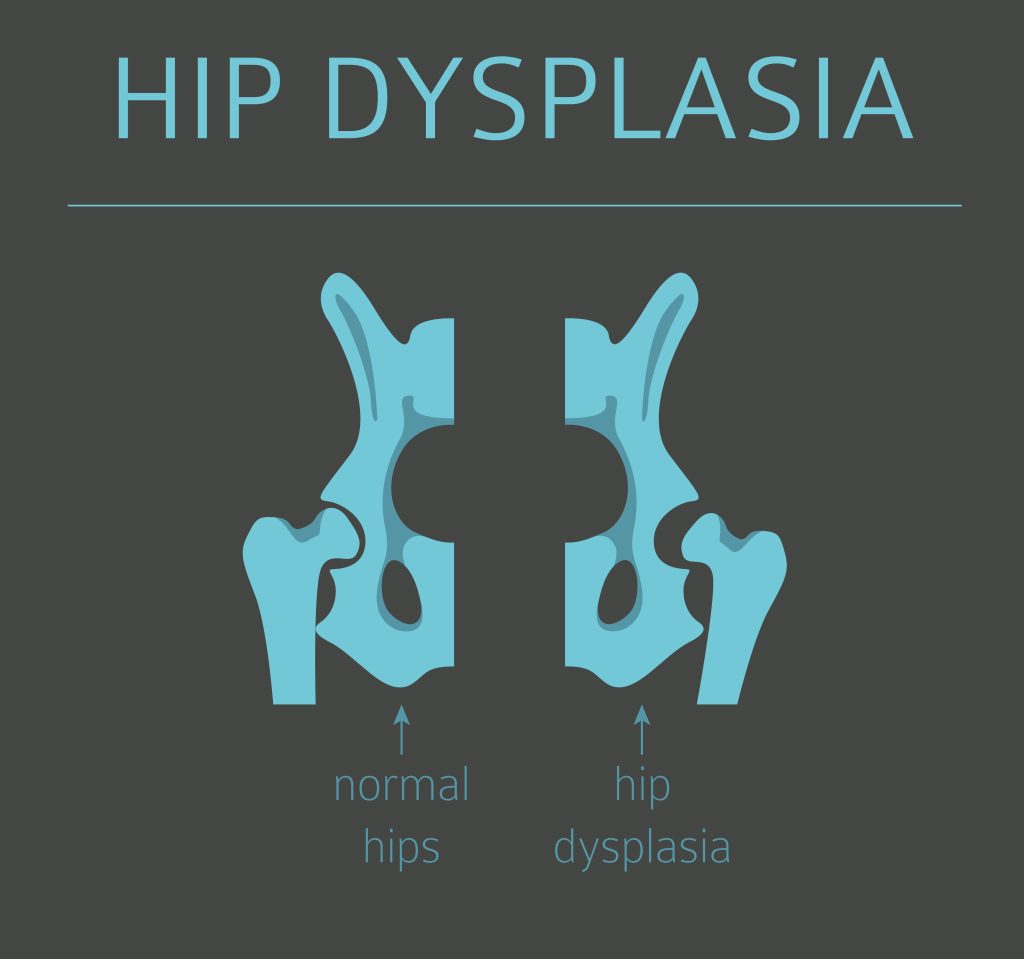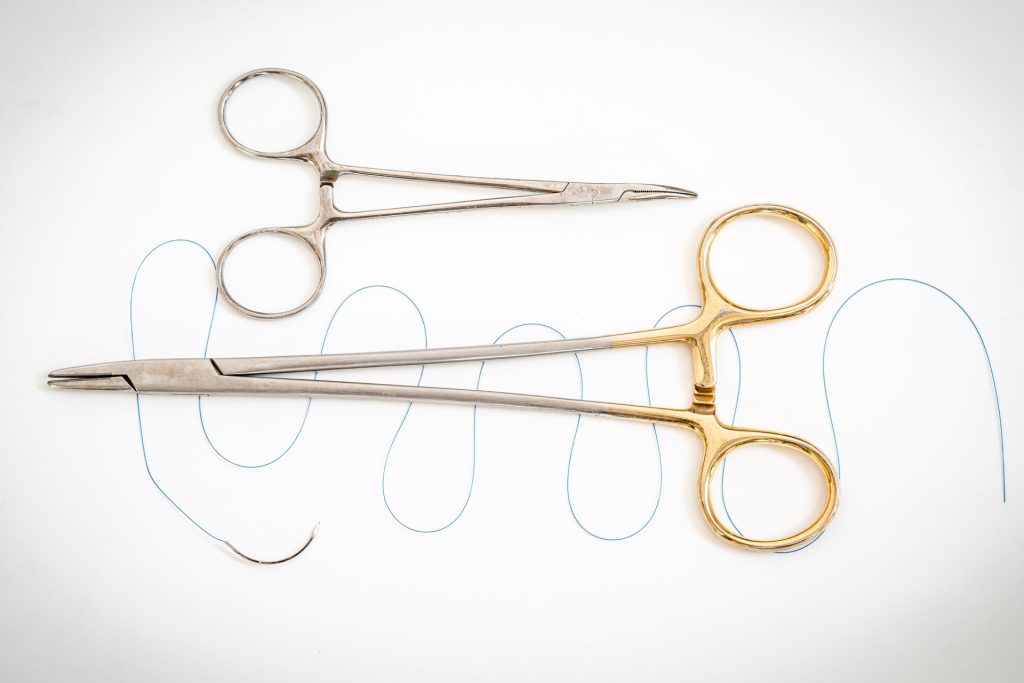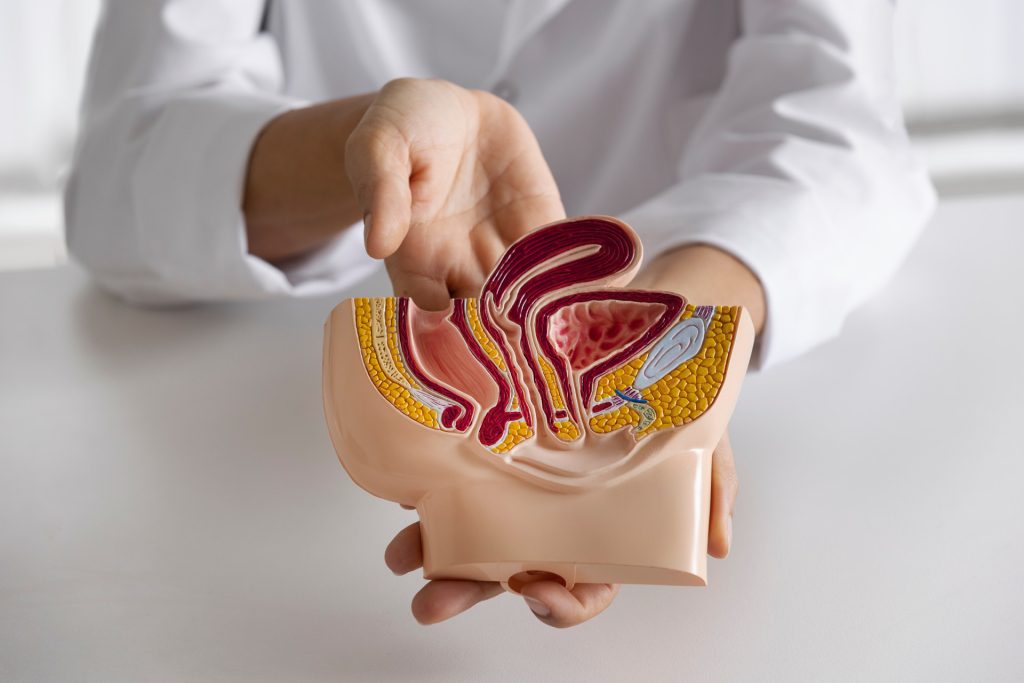Factors That Can Cause False Positives
A false positive pregnancy test result is when the test indicates that you are pregnant when you are not. Several factors can cause a false positive pregnancy test result, such as:
- Chemical pregnancy: It is a very early miscarriage that occurs before the foetus can be seen on an ultrasound. However, in some cases, the body still produces enough human chorionic gonadotropin (hCG) to register a positive pregnancy test result, even though the pregnancy is not viable.
- Medications: If you are being treated for infertility with hCG-containing drugs. Other infertility treatments and hormone-based contraceptives. However, if you have recently stopped taking hormone-based contraceptives or if you are having infertility treatment, your period may be irregular and cause you to take the test early. If you have recently been pregnant or had miscarriage, you can have false positive results because of the hCG hormone still there in your body. Certain medications, such as fertility drugs, can cause false positives by increasing hCG levels in the body.
- Evaporation lines: Evaporation lines can sometimes appear on a pregnancy test if the test is not read within the recommended time frame. These lines can be mistaken for False positive results, even though they are not.
It is essential to follow the instructions on the pregnancy test kit carefully and read the results within the recommended timeframe to avoid false positives. In addition, if you are taking any medications that could affect the results, speak to your healthcare provider before taking a pregnancy test
Factors That Can Cause False Negatives
A false negative pregnancy test result is when the test indicates that you are not pregnant when you are. Various factors can lead to a false negative pregnancy test result, including:
- Taking the test too early During the early stages of pregnancy, your hCG levels may not be detectable as they may be too low. Therefore, taking a test too early can result in a false negative.
- Diluted urine Drinking too much water or other fluids can dilute your urine, affecting the test’s accuracy.
- Expired test kit Using an expired pregnancy test kit can also result in false negative results.
- Incorrect usage of pregnancy test kits Not following the pregnancy test kit instructions or incorrectly using the kit can also affect the accuracy of the results.
Taking the test at the right time is essential to avoid false negatives. Some of the latest pregnancy tests are designed to detect hCG levels up to five days before your next expected period date. If you have irregular periods or are unsure when to take the test, ask your healthcare provider for advice. It is also essential to use the first-morning urine for the most accurate results.
What to do if You Suspect an Inaccurate Result
If you suspect that a pregnancy test result may be inaccurate, there are a few steps you can take. These include:
- Retake the test: If you took the test too early or did not follow the instructions correctly, retaking the test may give more accurate results.
- Use another test kit: If you suspect that the test kit you used may have been expired or faulty, using another kit may help to confirm the results.
- Consult a doctor: If you are experiencing other pregnancy symptoms or are unsure how to interpret the results, it is vital to speak to your healthcare provider for advice.
Conclusion
Pregnancy home test kits are convenient and easy to confirm pregnancy. Still, it is important to understand that they are not always 100% accurate. False positives and false negatives can occur for a variety of reasons. It is essential to follow the instructions on the kit correctly to get accurate results from a pregnancy test. If you suspect a test result may be inaccurate, speaking to your healthcare provider can help confirm the results.
References
https://www.youtube.com/watch?v=WNqx0Rwp_J8
https://www.healthline.com/health/pregnancy/false-positive-pregnancy-test
https://www.mayoclinic.org/healthy-lifestyle/getting-pregnant/in-depth/home-pregnancy-tests/art-20047940#:~:text=It’s%20possible%20to%20get%20a,Take%20the%20test%20too%20early.
https://www.thesource.org/post/reasons-your-pregnancy-test-gave-a-false-positive

